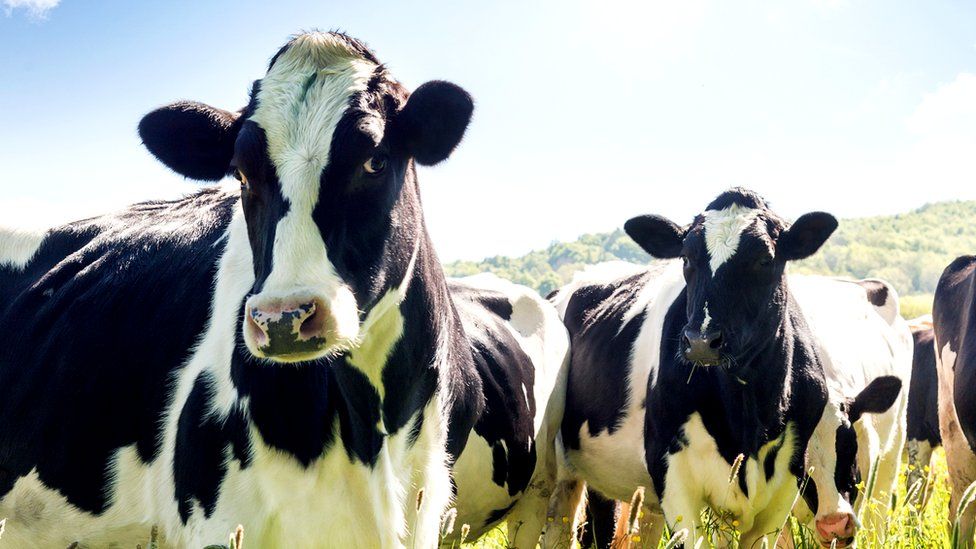 MSF says the symptoms of patients in eastern Damascus point to the use of "neurotoxic" agents
MSF says the symptoms of patients in eastern Damascus point to the use of "neurotoxic" agents
Medecins Sans Frontieres says hospitals it supports in Syria treated about 3,600 patients with "neurotoxic symptoms", of whom 355 have died.
It said the patients had arrived in three hospitals in the Damascus governorate on 21 August - when opposition activists say chemical attacks were launched against rebels.
But MSF says it cannot "scientifically confirm" the use of chemical weapons.
Both sides in the conflict accuse each other of using them.
MSF says staff at the hospitals described a large number of patients arriving in the space of less than three hours with symptoms including convulsions, extreme salivation, contracted pupils and sight and respiratory problems.
The charity said many were treated with atropine, a drug administered to those with "neurotoxic symptoms".
'Massive influx'
"MSF can neither scientifically confirm the cause of these symptoms nor establish who is responsible for the attack," said MSF Director of Operations Bart Janssens.
"However, the reported symptoms of the patients, in addition to the epidemiological pattern of the events, characterised by the massive influx of patients in a short period of time, the origin of the patients, and the contamination of medical and first aid workers, strongly indicate mass exposure to a neurotoxic agent.
"This would constitute a violation of international humanitarian law, which absolutely prohibits the use of chemical and biological weapons."
The opposition Syrian Observatory for Human Rights has given its latest assessment of the number of casualties from the alleged attacks.
The British-based group said it estimated that 322 had died, 54 of them children.
In the immediate aftermath, casualty figures varied widely with opposition activists saying between several hundred and more than 1,000 had been killed.
MSF's disclosure adds to mounting allegations that chemical weapons were used in suburbs to the east of Damascus and in an area to the south-west on 21 August.
Unverified video footage posted soon afterwards shows civilians, many of them children, dead or suffering from what appear to be horrific symptoms consistent with a chemical attack.
Rebels and opposition activists accuse forces loyal to President Bashar al-Assad of carrying out such attacks.
But state TV accuses the rebels, saying barrels of chemical weapons were found as troops entered previously rebel-held districts.
Soldiers had "suffocated" as they tried to enter Jobar, one of the towns in the Ghouta district around Damascus.
Split
Opinion is split internationally, too: the foreign ministries of Russia and Iran, both allies of Damascus, have separately accused the rebels of using chemical weapons.
But France's Foreign Minister Laurent Fabius said on Saturday that "all the information at our disposal converge to indicate that there was a chemical massacre near Damascus and that the [regime of Bashar al-Assad] is responsible".
UK Foreign Secretary William Hague has also said he believes "this is a chemical attack by the Assad regime".
US President Obama has said he is weighing his options and described it as a "big event of grave concern".
However, he told CNN on Friday that the US was still seeking confirmation that chemical weapons had been used and warned against a knee-jerk reaction.
Mr Obama met his national security team on Saturday to discuss possible next steps in Syria.
The UN disarmament chief Angela Kane has meanwhile arrived in Damascus to press the Syrian government to allow access to the sites of the alleged attacks.
A team of UN weapons inspectors has been in Syria since 18 August to inspect three sites, but Damascus has not yet said whether it will allow them to expand their visit.
The UN says more than 100,000 people have been killed since the uprising against President Assad began more than two years ago.

- 01:15: 21 August (10:15 GMT 20 Aug): Facebook pages of Syrian opposition report heavy fighting in rebel-held districts of Ghouta, the agricultural belt in eastern Damascus
- 02:45: Opposition posts Facebook report of "chemical shelling" in Ein Tarma area of Ghouta
- 02:47: Second opposition report says chemical weapons used in Zamalka area of Ghouta
- Unverified video footage shows people being treated on pavements in the dark and in a makeshift hospital
- Reports say chemical weapons were used in Ghouta towns of Irbin, Jobar, Zamalka and Ein Tarma as well as in Muadhamiya to the west, but this is not confirmed
- Syrian government acknowledges military offensive in the Ghouta area but denies chemical weapons use


No comments:
Post a Comment